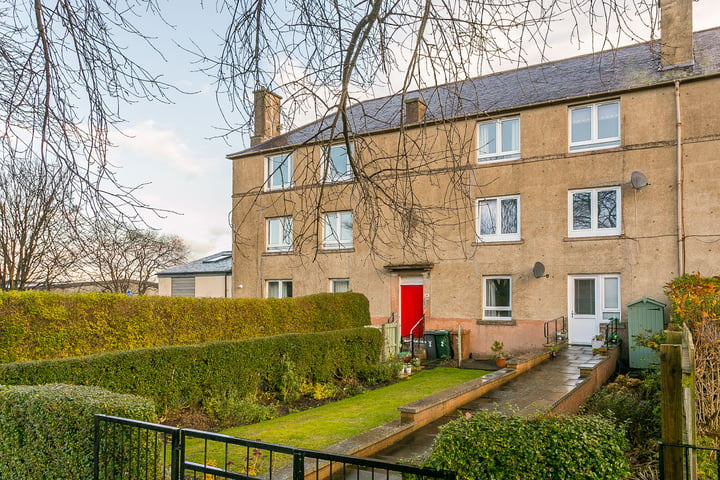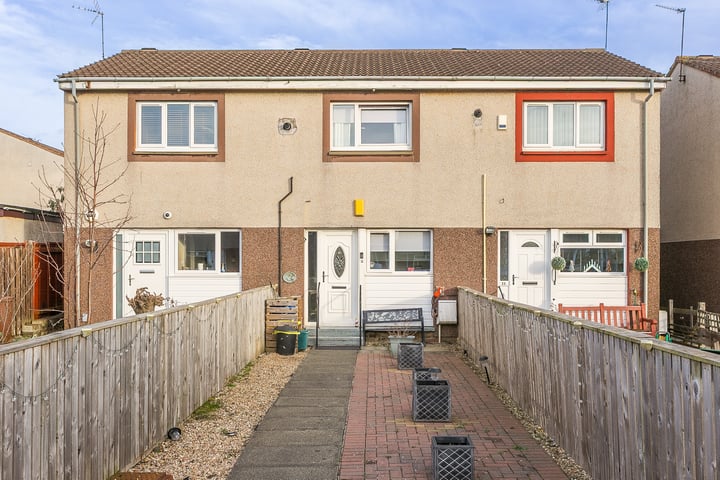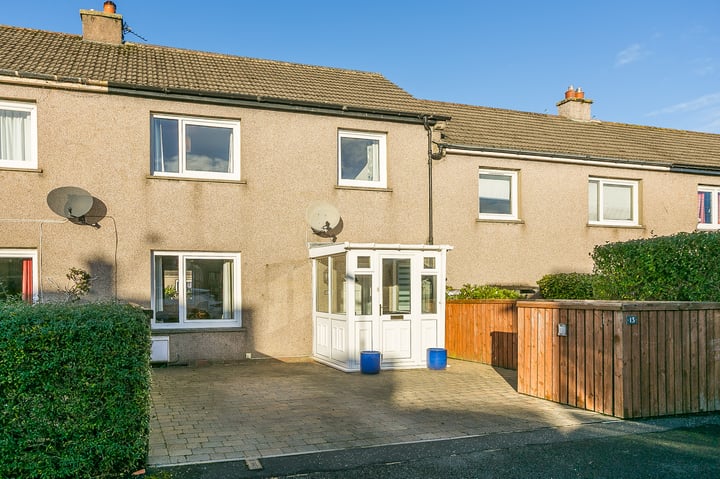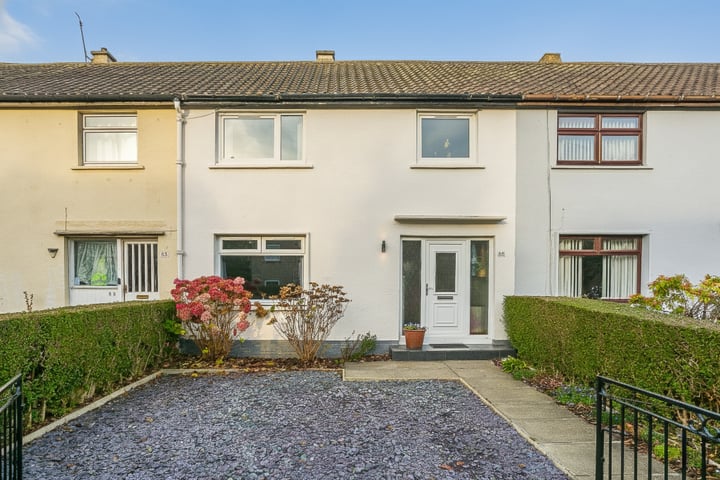After the UK’s ‘Brexit’ vote to leave the EU and the election of Donald Trump as the next President of the USA, 2016 contained more than a few surprises. As the year draws to a close, we take a look at what is likely to happen in your local property market in 2017.
House Prices
2016 saw property prices in East Central Scotland rising steadily, with reports showing that property prices had risen by 4.3% between September and November 2016 when compared with the same period in 2015.
Do we see this trend continuing into 2017? In short, yes. We expect to see a continuation of the steady, if not spectacular, growth in property prices in East Central Scotland at least, in 2017 that we saw in 2016.
Volume of Properties Coming to the Market
2016 saw reports of a reduction of approximately 8.3% in the number of properties coming to the market for sale in East Central Scotland when compared to 2015 (based on figures for the period from September to November 2016 compared with the same period in 2015). To put this into some further perspective, volumes of property sales in August 2016 were down by approximately 46% when compared to the same period in 2007, prior to the global financial crash.
As 2016 draws to an end, there is little to suggest that external or market forces are likely to alter the behaviour of homeowners or landlords when it comes to their desire to move home or to sell their investment properties. One potentially significant development, however, may have an effect on the volume of properties coming to the market.
Starting in April 2017, landlords will experience a reduction in the tax allowance available to them for setting-off mortgage payments against rental income. This allowance is being reduced over the next few years and will mean that landlords who have a mortgage on their rental property will pay more income tax on the rental income. Some landlords, particularly those with large mortgages, will see a significant reduction in rental yields after they have paid tax and may be more inclined to sell. This change in the tax laws kicks-in from April 2017, however landlords won’t actually experience the effect of less cash in their pockets until the tax falls due for payment. It’s therefore possible that the effect of this change will be more acutely felt in 2018.
Sales Volumes and Selling Times
With less properties coming to the market, competition between property buyers for available stock has increased. The average selling time in East Central Scotland between September and November in 2016 was reported to be down by 11 days, to 25 days, when compared with the same period in 2015.
Meanwhile, the volume of sales reduced roughly in proportion to the number of properties coming to the market for sale.
We predict that we will see a continuation of this pattern in 2017, with demand outstripping supply and sales times remaining very fast when compared with recent years. Volumes of sales will naturally continue to be lower than in 2015 if the number of properties coming to the market remains at 2016 levels.
Mortgage Availability, Affordability and Interest Rates
2016 saw a reduction in the Bank of England’s already historically low ‘Base Rate’, with the Base Rate reducing from 0.5% to 0.25%.
There is little indication that the Base Rate will rise again in 2017 and, if it does, it is unlikely to rise by a significant amount. We also expect to see healthy mortgage availability and first time buyer numbers continuing throughout 2017.
Brexit and Political Influences on the Property Market
The ‘Brexit’ vote in 2016 had an effect on the overall economy, share prices and exchange rates immediately after the vote but most of these markets recovered. The election of Donald Trump as President of the USA certainly came as a shock to the current writer but, as yet, we haven’t seen any significant, negative effect on the property market in Scotland at least. So what will all of this mean in 2017?
It is too early to tell what the outcome of the Brexit negotiations will be and it is fair to say that the UK and Scottish property markets don’t exist independently of wider economic considerations. Markets don’t like uncertainty so at least we now have certainty that the UK will have to exit the European Union as well as knowledge of who America’s next President will be, even if there can be no certainty of the effect of these things on our economies in the longer term. If these events do have a negative effect on the Scottish economy in the longer term, this would have an effect on most markets including the property market. For a number of reasons therefore we have to hope that negotiations following-on from the Brexit vote will be successful.
Overall
We expect 2017 to continue in the much the same vein as 2016, with the Scottish property market remaining steady if not spectacular. We have seen prices rising, sales times going down and buyer demand remaining high throughout 2016. As we head into 2017, property buyers and sellers in East Central Scotland should have confidence in their ability to get a great price for their existing property.
As always, if you would like any advice on buying or selling a property please do get in touch with us by calling 0345 646 0208 or emailing [email protected] and one of our team will be happy to help.






Leave a Reply